How Are Endoscopes Lubricated ?
Endoscopes are typically lubricated using medical-grade lubricants. These lubricants are applied to the outer surface of the endoscope, allowing for smoother insertion and movement within the body. The lubrication process helps reduce friction and discomfort for the patient during the procedure.
1、 Lubrication methods for endoscopes: current practices and advancements.
Endoscopes are lubricated using various methods to ensure smooth insertion and maneuverability during medical procedures. The lubrication process is crucial to minimize patient discomfort and potential damage to the endoscope.
Traditionally, endoscopes were lubricated using water-soluble lubricants such as medical-grade silicone oil or water-based gels. These lubricants provide a slippery surface, reducing friction and facilitating easier insertion. However, they can be easily washed away by bodily fluids, requiring frequent reapplication.
In recent years, advancements in lubrication methods have been made to address the limitations of traditional lubricants. One such advancement is the use of dry lubricants, such as powdered polytetrafluoroethylene (PTFE). Dry lubricants offer several advantages, including longer-lasting lubrication, reduced need for reapplication, and improved resistance to washout by bodily fluids. They also minimize the risk of bacterial contamination, as they do not provide a suitable environment for microbial growth.
Another emerging lubrication method is the use of hydrophilic coatings on the surface of endoscopes. These coatings are designed to attract and retain water, creating a lubricious layer that reduces friction. Hydrophilic coatings have shown promising results in improving the ease of insertion and reducing patient discomfort.
Furthermore, research is being conducted on the development of self-lubricating endoscopes. These endoscopes are designed with built-in lubrication systems that continuously release lubricants during the procedure, eliminating the need for manual lubrication.
In conclusion, the lubrication of endoscopes has evolved from traditional water-soluble lubricants to include dry lubricants, hydrophilic coatings, and the potential for self-lubricating systems. These advancements aim to enhance patient comfort, improve procedural efficiency, and reduce the risk of complications associated with endoscope insertion.
2、 Importance of lubrication in endoscopy: enhancing patient comfort and safety.
Endoscopes are lubricated using a variety of methods to enhance patient comfort and safety during endoscopic procedures. Lubrication plays a crucial role in ensuring smooth insertion and withdrawal of the endoscope, reducing patient discomfort, and minimizing the risk of complications.
One common method of lubrication involves using water-based lubricants or gels. These lubricants are applied to the external surface of the endoscope, allowing it to glide more easily through the body's natural passages. Water-based lubricants are preferred as they are less likely to cause irritation or allergic reactions in patients.
Lubrication also helps to reduce friction between the endoscope and the body's tissues, minimizing the risk of injury or trauma during insertion or withdrawal. It allows for smoother navigation through narrow or tortuous passages, reducing the chances of tissue damage or perforation.
Moreover, lubrication aids in maintaining the functionality and longevity of the endoscope. It helps to prevent the build-up of debris, such as blood or mucus, on the instrument's surface, which can impair visibility and hinder the effectiveness of the procedure. Regular lubrication and cleaning of endoscopes are essential to ensure optimal performance and prevent contamination.
In recent years, there has been a growing focus on the use of lubricants that are specifically designed for endoscopy. These lubricants are formulated to provide superior lubrication while also offering antimicrobial properties, reducing the risk of infection transmission. Additionally, advancements in lubricant technology have led to the development of lubricants that are easier to apply and clean, further enhancing the efficiency and safety of endoscopic procedures.
In conclusion, lubrication plays a vital role in endoscopy by enhancing patient comfort, reducing the risk of complications, and maintaining the functionality of the endoscope. The use of appropriate lubricants, along with regular cleaning and maintenance, is crucial for ensuring optimal performance and patient safety during endoscopic procedures.
3、 Types of lubricants used for endoscopes: pros and cons.
Types of lubricants used for endoscopes: pros and cons.
Endoscopes are delicate instruments used for medical procedures that require insertion into the body. To ensure smooth and safe insertion, lubrication is essential. There are various types of lubricants used for endoscopes, each with its own pros and cons.
1. Water-based lubricants: These lubricants are commonly used for endoscopes due to their compatibility with the human body. They are easy to clean and do not leave residue. However, they may not provide long-lasting lubrication and may require frequent reapplication during procedures.
2. Silicone-based lubricants: Silicone lubricants offer excellent lubrication properties and are long-lasting. They are also compatible with most endoscope materials. However, they can be difficult to clean and may leave a residue that could interfere with the visibility of the endoscope.
3. Petroleum-based lubricants: These lubricants provide good lubrication and are readily available. However, they are not recommended for use with endoscopes as they can damage the delicate materials and interfere with the sterilization process.
4. Water-soluble lubricants: These lubricants are easy to clean and do not leave residue. They are compatible with most endoscope materials and provide adequate lubrication. However, they may not offer long-lasting lubrication and may require frequent reapplication.
5. Dry lubricants: Dry lubricants, such as powdered graphite or Teflon, are sometimes used for endoscopes. They provide long-lasting lubrication and do not leave residue. However, they may not be suitable for all types of endoscopes and may require special application techniques.
It is important to note that the choice of lubricant may vary depending on the specific endoscope and procedure. Healthcare professionals should follow the manufacturer's recommendations and guidelines for lubrication to ensure the safety and effectiveness of the endoscope.
The latest point of view suggests that advancements in lubrication technology are being made to address the limitations of current lubricants. Researchers are exploring the use of biocompatible lubricants that offer long-lasting lubrication without interfering with the visibility of the endoscope or compromising patient safety. These advancements aim to improve the overall performance and usability of endoscopes, enhancing patient care and outcomes.
4、 Best practices for endoscope lubrication: guidelines and recommendations.
Best practices for endoscope lubrication: guidelines and recommendations have evolved over time to ensure optimal performance and patient safety. Endoscopes are delicate instruments that require proper lubrication to facilitate smooth insertion and maneuverability during procedures. The lubrication process involves applying a lubricant to the external surface of the endoscope, as well as the insertion tube and other movable parts.
The most common lubricants used for endoscopes are water-based gels or medical-grade silicone lubricants. These lubricants are chosen for their compatibility with the endoscope materials and their ability to provide adequate lubrication without causing damage or interfering with the image quality.
To lubricate an endoscope, the following steps are generally recommended:
1. Thoroughly clean the endoscope: Before lubrication, the endoscope should be cleaned according to the manufacturer's instructions to remove any debris or contaminants.
2. Apply lubricant to the insertion tube: A small amount of lubricant should be applied to the insertion tube, starting from the distal end and working towards the proximal end. Care should be taken to avoid excessive lubrication, as it can lead to a loss of grip during the procedure.
3. Lubricate other movable parts: Any other movable parts of the endoscope, such as the biopsy channel or the elevator mechanism, should also be lubricated as per the manufacturer's recommendations.
4. Wipe off excess lubricant: After lubrication, any excess lubricant should be wiped off using a lint-free cloth or sponge. This step is important to prevent the lubricant from dripping into the patient or interfering with the procedure.
It is worth noting that the latest point of view emphasizes the importance of using lubricants specifically designed for endoscopes and avoiding the use of alternative substances that may cause damage or compromise patient safety. Additionally, regular monitoring and maintenance of endoscope lubrication systems are recommended to ensure consistent and appropriate lubrication.













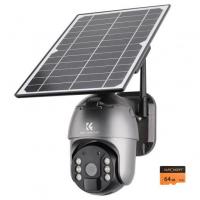

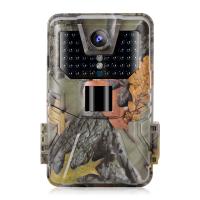
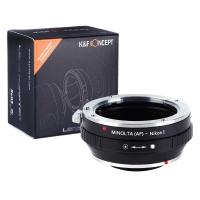

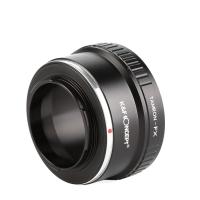
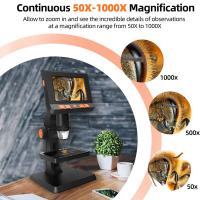

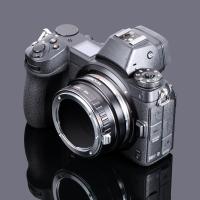

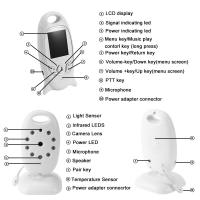
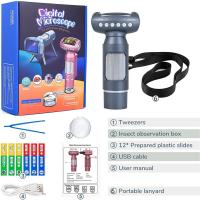

There are no comments for this blog.